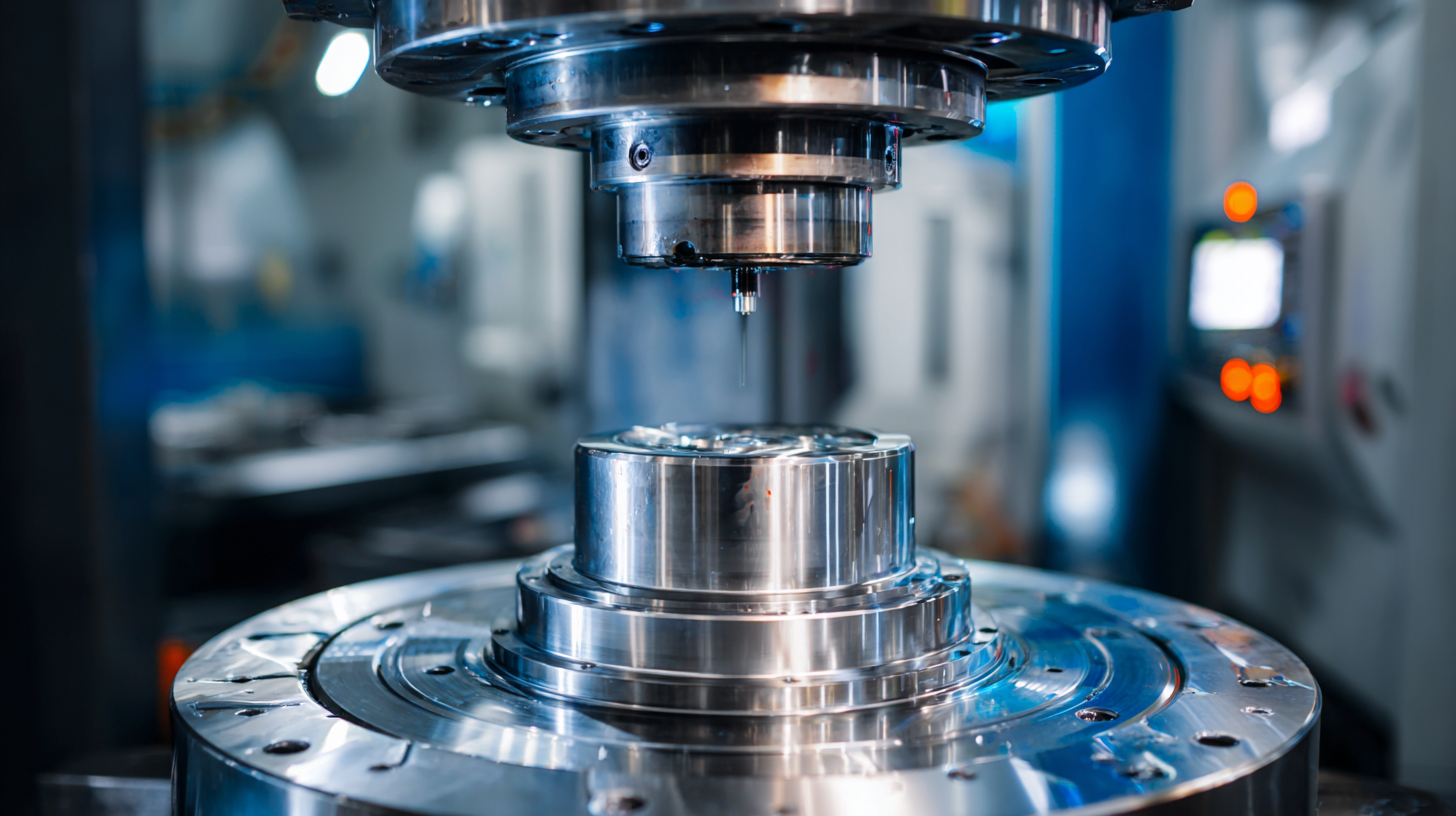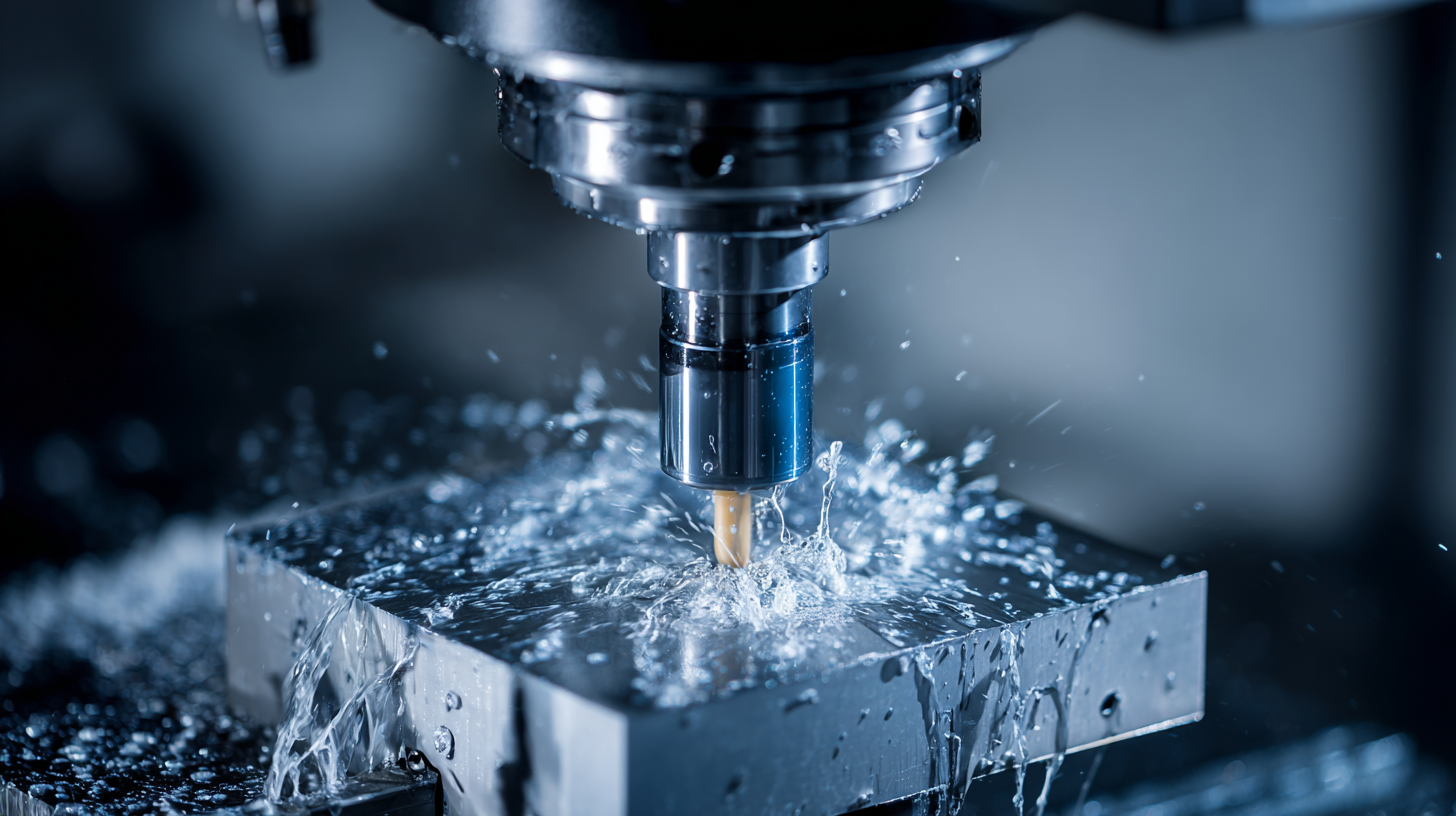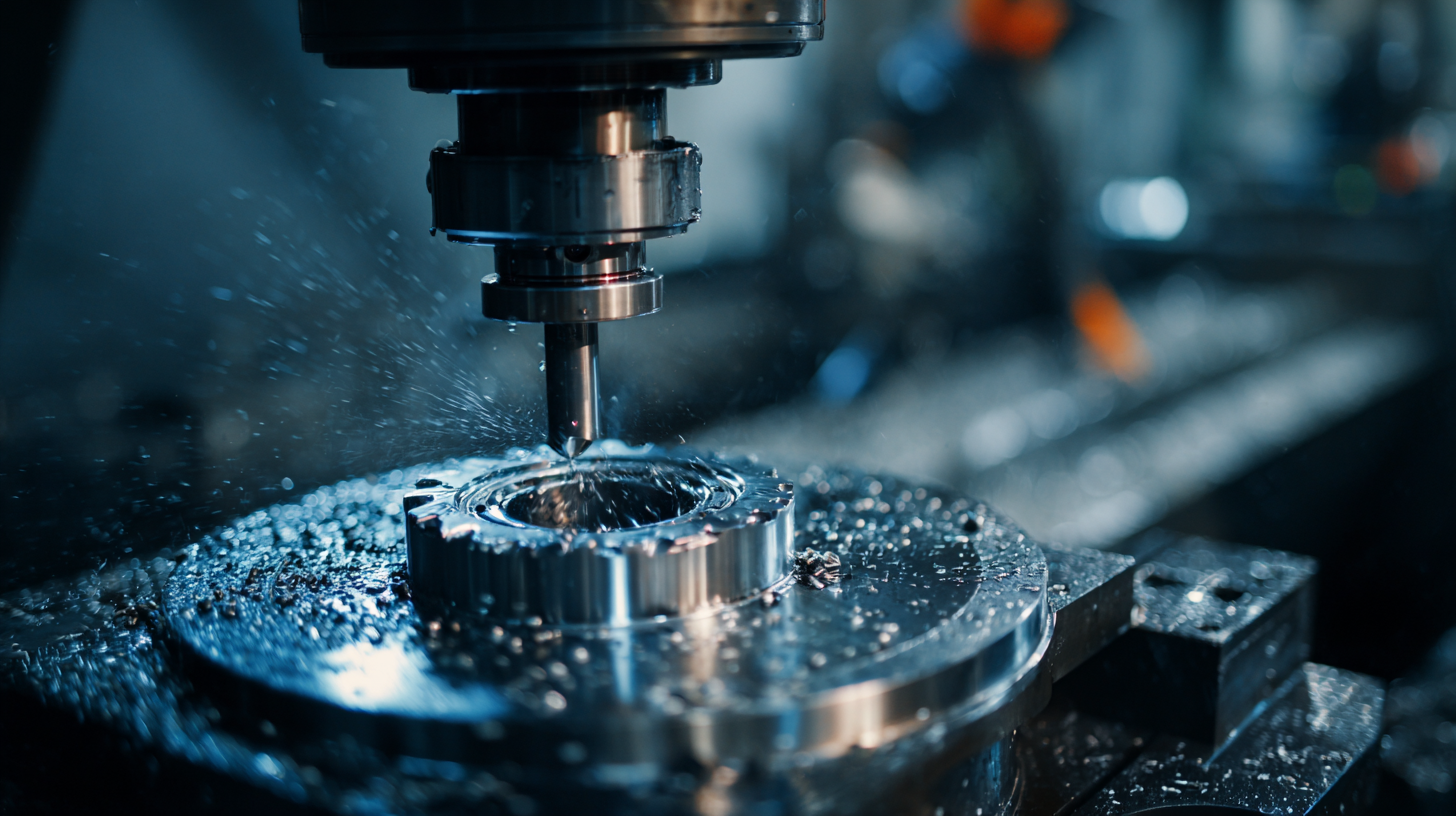How to Boost Your Production Efficiency with CNC Machining Center Technology
In today's competitive manufacturing landscape, enhancing production efficiency is crucial for companies aiming to maintain a competitive edge. The integration of
Cnc Machining Center technology has emerged as a pivotal solution, significantly transforming operational capabilities.
According to a report by Market Research Future, the global CNC machine market is projected to reach approximately $100 billion by 2027, reflecting a
compound annual growth rate (CAGR) of over 6%. This growth underscores the increasing adoption of Cnc Machining Centers, which enable precision automation, reduced lead times, and improved productivity.

By leveraging these advanced machining centers, manufacturers can optimize processes, minimize waste, and achieve higher output quality, ultimately driving
profitability and efficiency in their production lines. As industries seek to adapt to ever-evolving demands, harnessing the power of Cnc Machining Centers will be
instrumental in fostering innovation and operational excellence.
Understanding CNC Machining Center Technology and Its Benefits
CNC machining center technology has revolutionized production efficiency across a wide array of industries. By enabling precise and automated machining processes, these advanced systems minimize manual intervention and reduce the likelihood of human error. The integration of artificial intelligence (AI) into CNC machining has further enhanced productivity, allowing for self-optimized machine operations that adapt to varying production demands. This adaptability is crucial for manufacturers aiming to stay competitive in a rapidly evolving market.
The benefits of using CNC machining centers extend beyond mere efficiency. These technologies streamline workflow and boost output while maintaining high levels of quality and consistency. Furthermore, the shift towards using a single brand for CNC machinery can lead to better compatibility and reduced downtime. This approach allows companies to harness the full potential of their equipment, resulting in improved overall performance and a more cohesive manufacturing environment. As the market for 5-axis CNC machining centers continues to grow, businesses that leverage these advancements will be better positioned to thrive in the digital manufacturing landscape.
Key Factors Influencing Production Efficiency in CNC Machining
The production efficiency of CNC machining centers is significantly influenced by several key factors that must be carefully managed. Primarily, the type of machinery utilized—such as milling machines, cutting machines, edge machines, and drilling machines—plays a crucial role in determining operational speed and precision. Each machine type is designed to handle specific tasks, which can affect throughput and the quality of the finished product. Furthermore, the choice of materials, including various types of stone like basalt, granite, and marble, can impact machining parameters such as cutting speed, tool wear, and overall production efficiency.

Additionally, the application of these machines in various industries, including construction and the manufacturing of precision components for sectors like aerospace and automotive, underscores the necessity for optimized machining processes. The demand for highly accurate components drives the need for sophisticated CNC technology, which utilizes processes like electrical discharge machining and laser cutting. By understanding these influencing factors, manufacturers can better align their production strategies to enhance efficiency and maintain competitiveness in the evolving market landscape.
Best Practices for Optimizing Setup and Workflow in CNC Operations
CNC machining centers are revolutionizing the manufacturing landscape by significantly enhancing production efficiency. To optimize workflow, manufacturers must adopt best practices that streamline setup processes. According to a 2022 report by the International Society of Automation, companies that implemented standardized setup procedures experienced a 30% reduction in changeover time, allowing for quicker transitions between jobs. This practice not only minimizes downtime but also enhances overall productivity, enabling manufacturers to take on more projects and improve their output without sacrificing quality.

Another critical aspect of optimizing CNC operations is the integration of advanced tooling and software solutions. A study by Advanced Manufacturing Analytics revealed that shops utilizing real-time monitoring and predictive maintenance technology saw an increase of up to 25% in machine utilization rates. By adopting such technologies, companies can monitor performance metrics in real-time, thus allowing for timely interventions that prevent costly delays. Moreover, fine-tuning tool paths and utilizing high-quality cutting tools can lead to significant reductions in cycle time and material waste, enhancing both efficiency and profitability.
Integrating Advanced Automation with CNC Machining for Enhanced Output
The integration of advanced automation with CNC machining centers is transforming the manufacturing landscape. By leveraging digital twin technology, manufacturers can replicate and analyze their production processes in a virtual environment, pinpointing inefficiencies and areas for improvement. This dynamic connection between the digital and physical realms enhances first-time accuracy, which is crucial for minimizing waste and controlling costs.
As the trend towards dark factories grows, the focus on automated production systems intensifies. These factories, requiring minimal human intervention, can operate around the clock, increasing output and allowing for rapid scaling of operations. With projections indicating significant growth in the global robotics system integration market and advancements in artificial intelligence, the path forward for CNC machining is marked by unprecedented opportunities for efficiency and productivity enhancements.
Measuring Success: Analyzing Efficiency Improvements with CNC Technologies
CNC machining center technology has revolutionized production processes, allowing manufacturers to achieve heightened precision and efficiency. Measuring the success of these improvements requires a careful analysis of key performance indicators like cycle time, production output, and overall equipment effectiveness. By collecting and interpreting data, businesses can identify bottlenecks and areas that require enhancement, ultimately leading to better resource allocation and increased productivity.
Tips for boosting efficiency with CNC technologies include optimizing tool paths to reduce machining time and minimize waste. Regular maintenance of the equipment can also prevent unforeseen downtime, ensuring that production remains uninterrupted. Implementing an efficient scheduling system is crucial, allowing for better management of jobs and maximizing machine utilization.
Additionally, training your team on the latest CNC software and techniques can significantly impact overall performance. Encouraging a culture of continuous improvement ensures that your workforce is equipped to adapt to new technologies and methods, leading to ongoing operational advancements. This proactive approach not only enhances production efficiency but also fosters innovation within the manufacturing environment.
Boosting Production Efficiency with CNC Machining Technology
